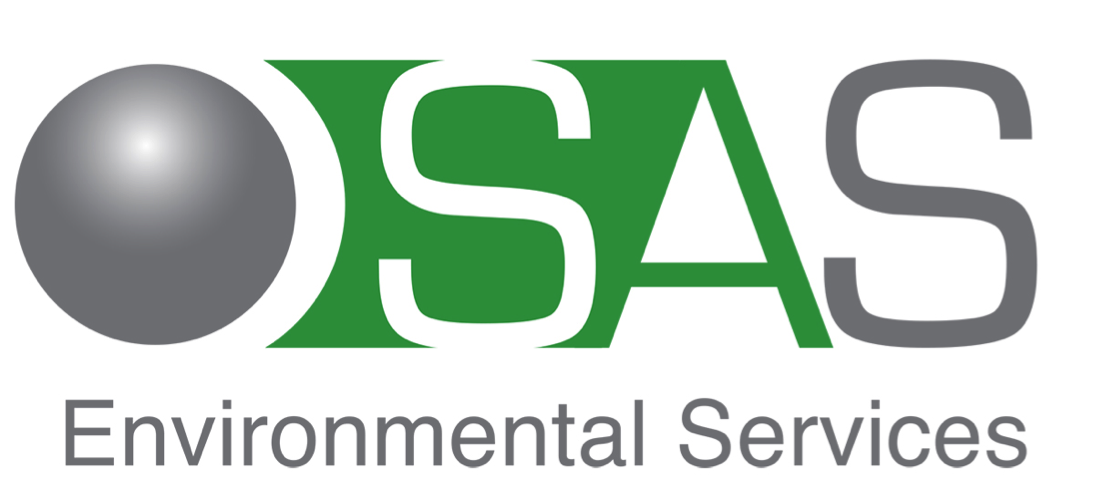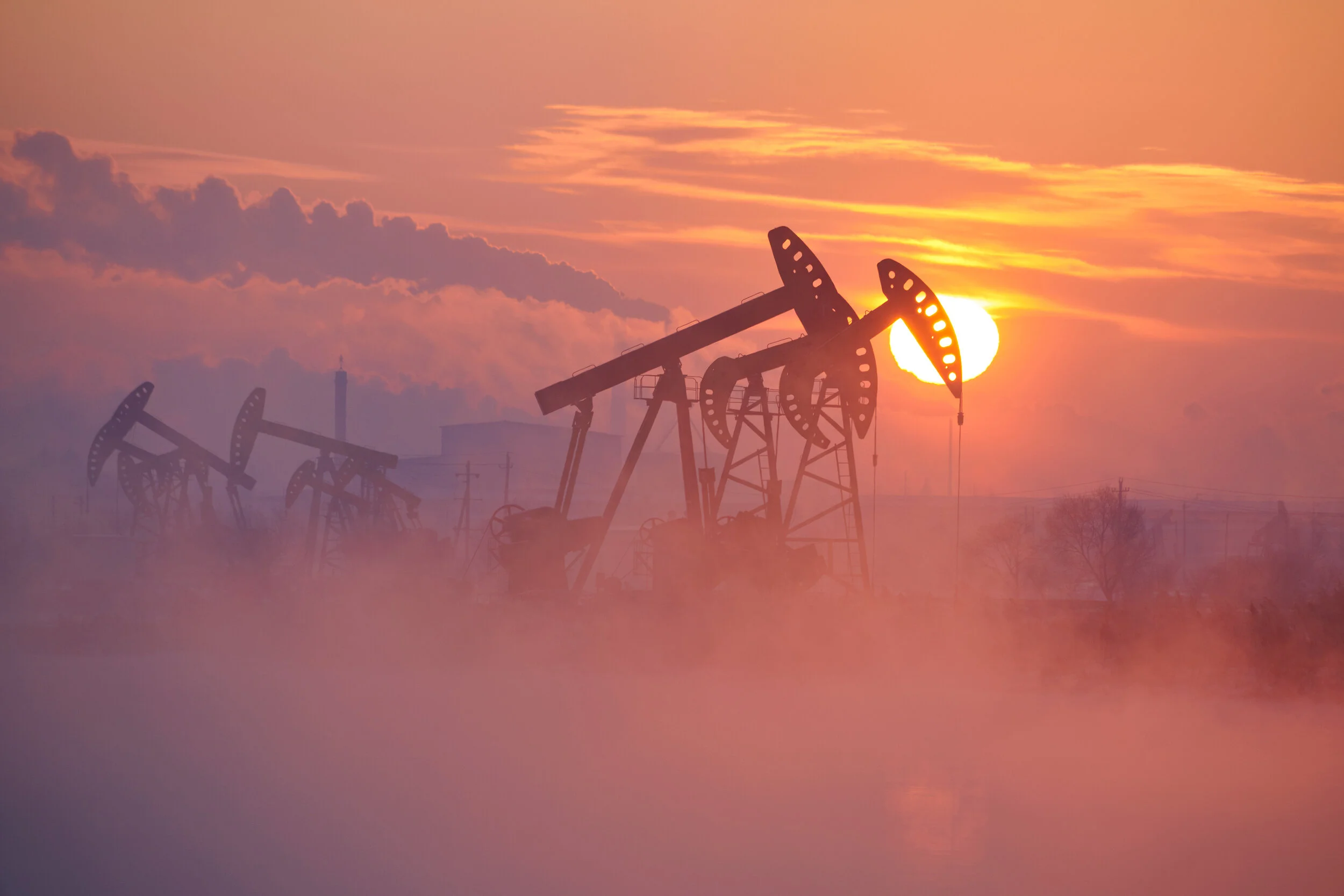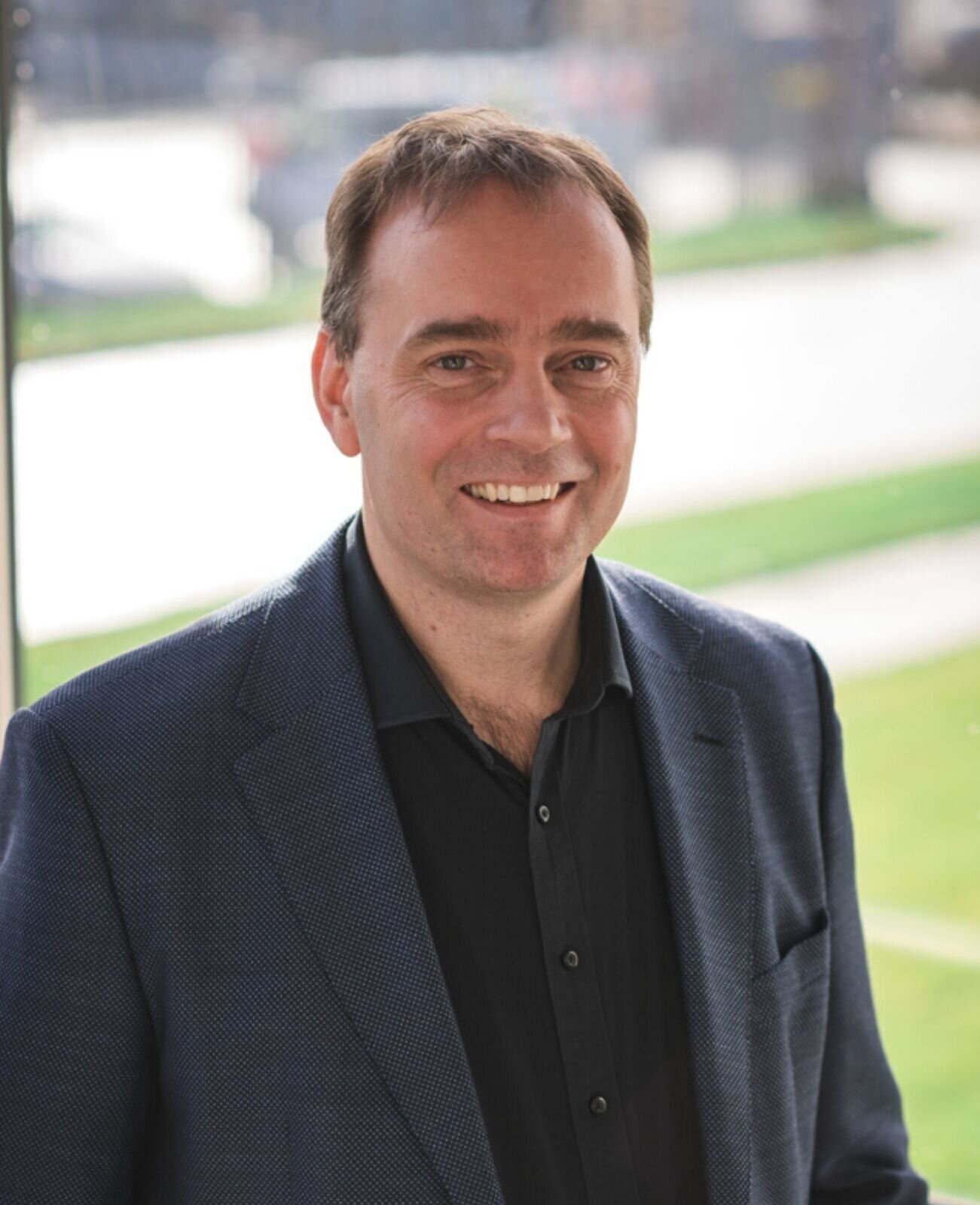Understanding Your Oil Waste
/The treatment of oil slops and oil sludge is rarely boring.
What is sludge to one person is a slop to another and what is oil mud to one person is often cuttings to the next person. When an inquiry comes into our office for the treatment of oil waste, we have learned it is critical to make sure there is a shared agreed language on what type of waste we are dealing with.
Depending on the nature of the waste, the composition and the origin different outcomes can be achieved and a range of treatment options should be considered.
It is not uncommon for the oil sludge to be a mixture of different wastes. There can be heavy oil solids, clay or sand, water, oily emulsion and liquid oil. There is often a mixture of all of these and at times there will be separate areas in the pit or tank.
Often all of the waste is homogenised and then processed as one type of waste. In general this results in poor treatment outcomes and traps a lot of the recoverable oil in a sludge matrix. Not a good thing.
Before the treatment process is designed and implemented it is important to really understand the waste.
How much of the waste is solids?
How much free oil is there? And can we recover it?
What is the water content?
Is there previous treatment chemistry in the waste?
Does the waste separate out under gravity?
How does the waste respond when we expose it to chemistry?
Can we mix the waste and treat the it successfully or should we treat the phases separately?
A short 2 – 3 day site visit and waste evaluation by SASES can prevent massive costs later in fixing unsuitable waste treatment processes. Really understanding your oil waste is what we do at SASES. We can come in, evaluate, assess and design the right process for your oil waste and your required outcomes.
Don’t bring us in to fix your process, bring us in first to create the right outcomes.
Our goal is to support and empower you as our partner, in correctly and efficiently treating your oil waste. We put together a comparison sheet outlining the ways our SASES products work in oil waste treatment processes compared to other treatment methods like polymers for de-watering or thermal desorption and even stabilizing the waste. You will see some of the more obvious benefits as well as other elements you may not have considered when looking at our products. Discover them by downloading our comparison sheet.











